How To Create Bright Indirect Light For Houseplants
Creating a space with bright indirect light is a way to mimic the native habitat of many houseplants. Make indoor plants comfy with the right kind of light.
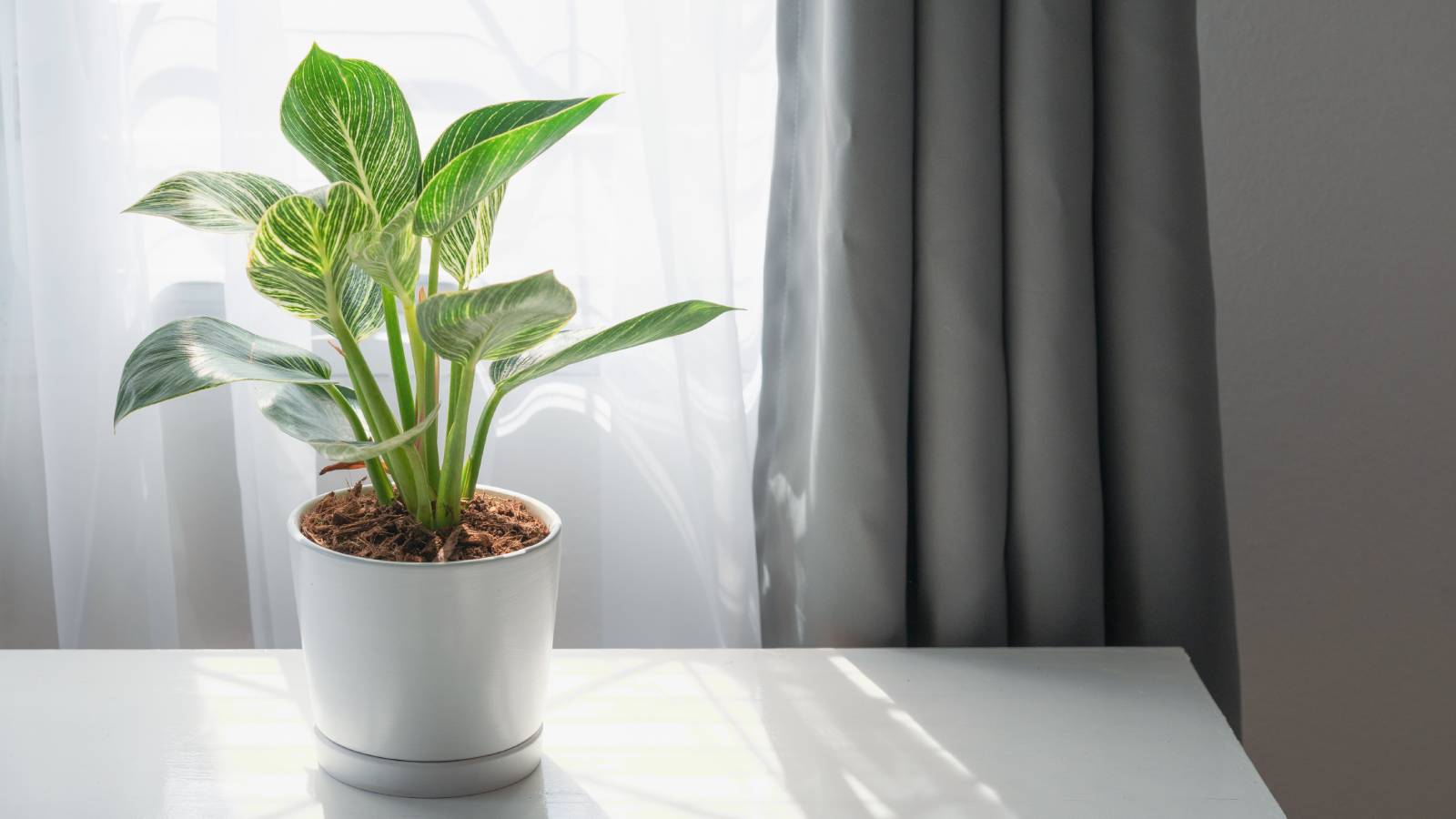

To grow healthy, attractive houseplants, it’s important to consider their particular light needs. Some plants, like cactuses, like bright, direct light exposure. But many houseplants are originally tropical understory species. They naturally grow under other plants and do best with filtered, indirect, or low light. But what does indirect light mean exactly?
What is Indirect Light for Plants?
When light hits a plant’s foliage without any redirection or filtering, this is called direct light. Indirect light is light that strikes a plant after being filtered, diffused, or deflected by another material or object. Indirect light is also often described as filtered or dappled light. Both terms mean the same thing for a plant’s light needs.
What is Bright Indirect Light?
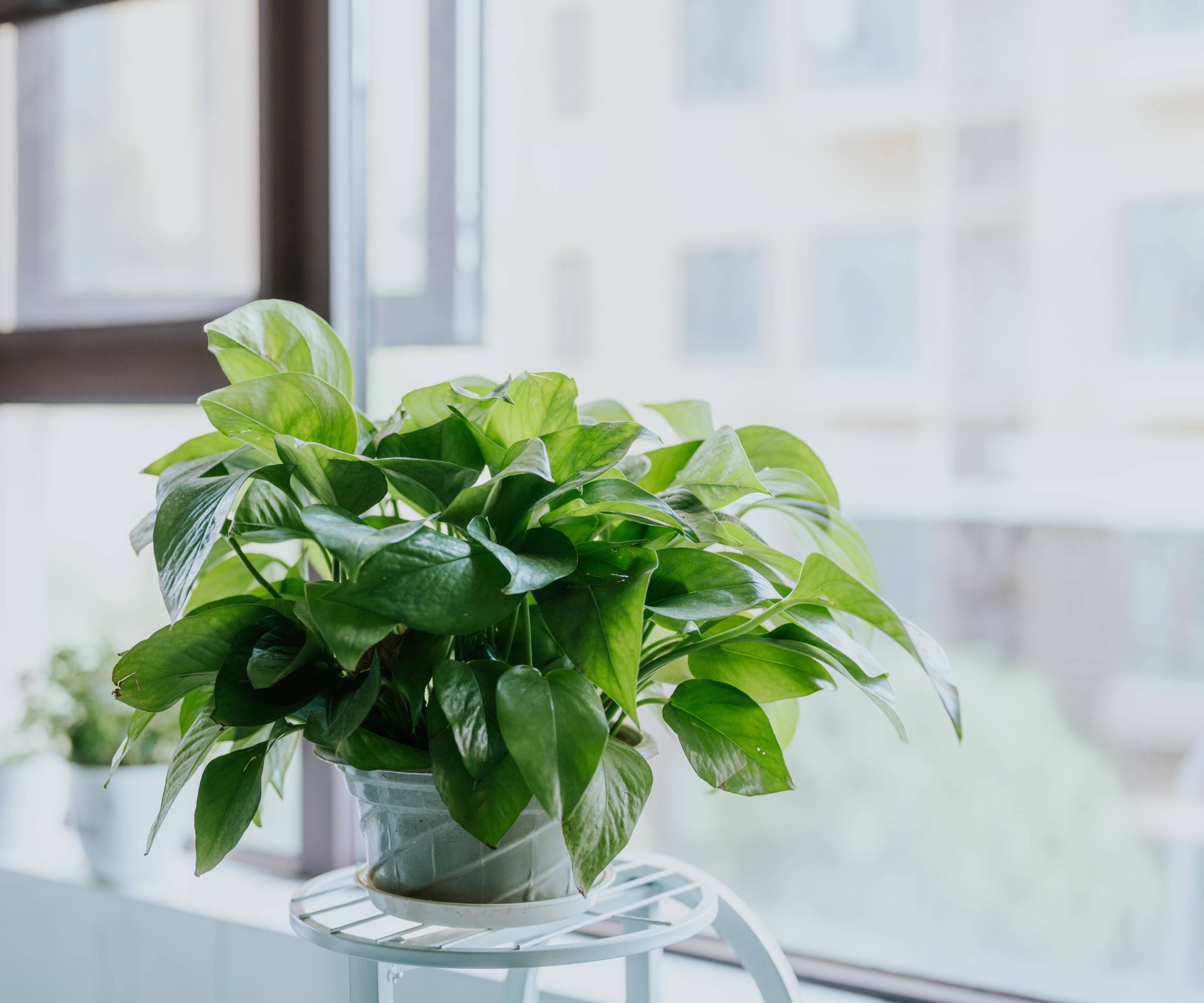
A plant might be described as needing light that’s bright but indirect. Brightness is not a measurement but rather how we perceive light. Nevertheless, it is related to intensity. The more intense it is, the brighter the light.
You can measure indoor light intensity with a light meter, but generally, and in the context of plants, you can consider light as bright if it casts a distinct shadow. Bright indirect light, then, is bright but does not directly strike the plant. A bright indirect light example is placing a plant several feet away from an uncovered, south-facing window.
What is Low Light?
Low light is different from indirect or filtered light. It means light of a lower intensity or brightness. Light that does not cast much of a shadow is low. You can achieve low light by filtering otherwise direct or bright light or by placing a plant well away from a window.
Tips for Creating Indirect Light
Most houseplants grow under conditions of indirect or filtered light or with only a couple hours of direct light. One way to achieve the right type of light for a typical houseplant is by choosing a window based on direction:
- South-facing windows provide the brightest, most direct light year-round.
- Northern windows offer the most indirect light for nearly the entire year.
- East-facing windows provide indirect light for most of the day and year. From late spring through early fall, it will offer more direct light throughout the day.
- A west-facing window provides indirect light in the morning and potentially into the early afternoon. Later in the day, the light will be direct and fairly intense. It is also a warmer setting than an east-facing window.
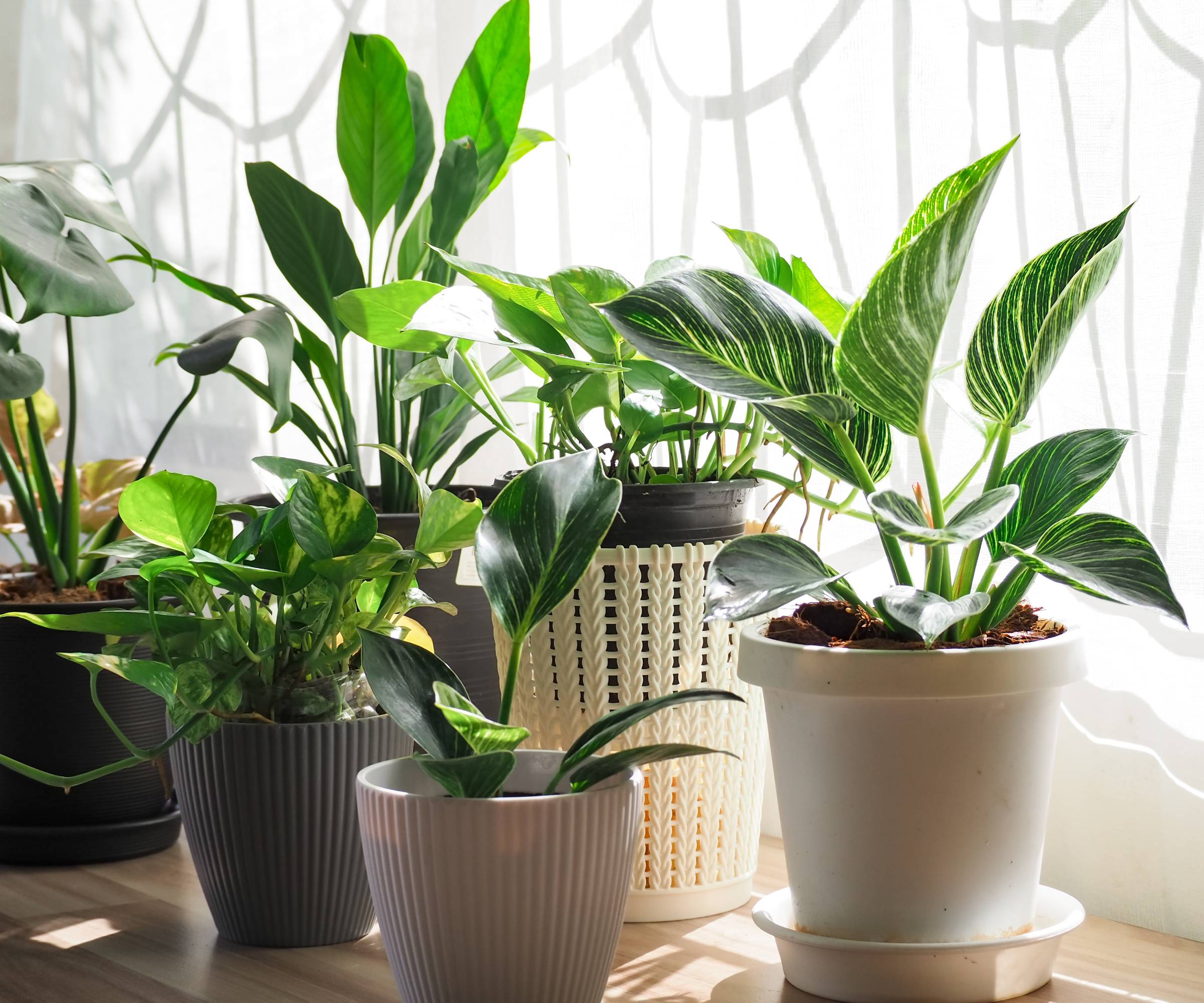
Direction is just one element in creating the ideal light conditions for a particular plant. You can change the conditions by where you set the plant relative to the window, for instance. The closer to the window, the more direct light it will receive. A simple way to reduce the intensity and make the light more indirect is to situate the plant a little further from the window.
Gardening tips, videos, info and more delivered right to your inbox!
Sign up for the Gardening Know How newsletter today and receive a free copy of our e-book "How to Grow Delicious Tomatoes".
You can also use objects to create filtered light from a bright window. Sheer curtains on a south-facing window, for instance, create bright, indirect light. A larger plant can provide dappled, indirect light for a smaller plant at a bright window.
Outdoor plants or trees might naturally filter some of the light coming through your windows as well. If you have a houseplant that needs indirect light, choose a window with a tree or a large shrub that partially blocks it.
The Consequences of Not Providing Filtered Light for Plants
A plant that grows best in indirect light simply won’t thrive or be as healthy as it could if you place it in light that is too direct or bright. Some symptoms of too much light include:
- Dull, pale leaves
- Variegated leaves that turn solid green
- Spindly growth and few leaves
- Leaf spots
- Scorched edges on leaves
- Few or no flowers
Getting the light just right requires some thought and planning, but it isn’t difficult to create filtered light for plants. Check the preferred conditions for each type of plant to ensure that they’ll thrive.
Discover More Houseplant Lighting Topics
- Learn what houseplants you can use in a windowless room in your home.
- Incorporate a windowsill garden into your kitchen for happy plants and easy cooking.
- Explore LED grow lights to see if they fit your houseplant needs.

Mary Ellen Ellis has been gardening for over 20 years. With degrees in Chemistry and Biology, Mary Ellen's specialties are flowers, native plants, and herbs.
-
 Looking For Plants To Give You The Soft And Fuzzies? Try These 5 Fuzzy Leaf Plant Options
Looking For Plants To Give You The Soft And Fuzzies? Try These 5 Fuzzy Leaf Plant OptionsLovers of texture, drama, silver foliage and tactile plants will adore these special sensory garden additions. These fuzzy leaf plant options will leave you all aglow
By Susan Albert
-
 Get Ready For A Summer Of Hummers! Grow These Full Sun Hummingbird Plants and Flowers
Get Ready For A Summer Of Hummers! Grow These Full Sun Hummingbird Plants and FlowersIf you’re lucky enough to enjoy a sunny backyard, make sure you are maxing out on your pollinator opportunities and grow these full sun hummingbird plants and flowers
By Tonya Barnett
-
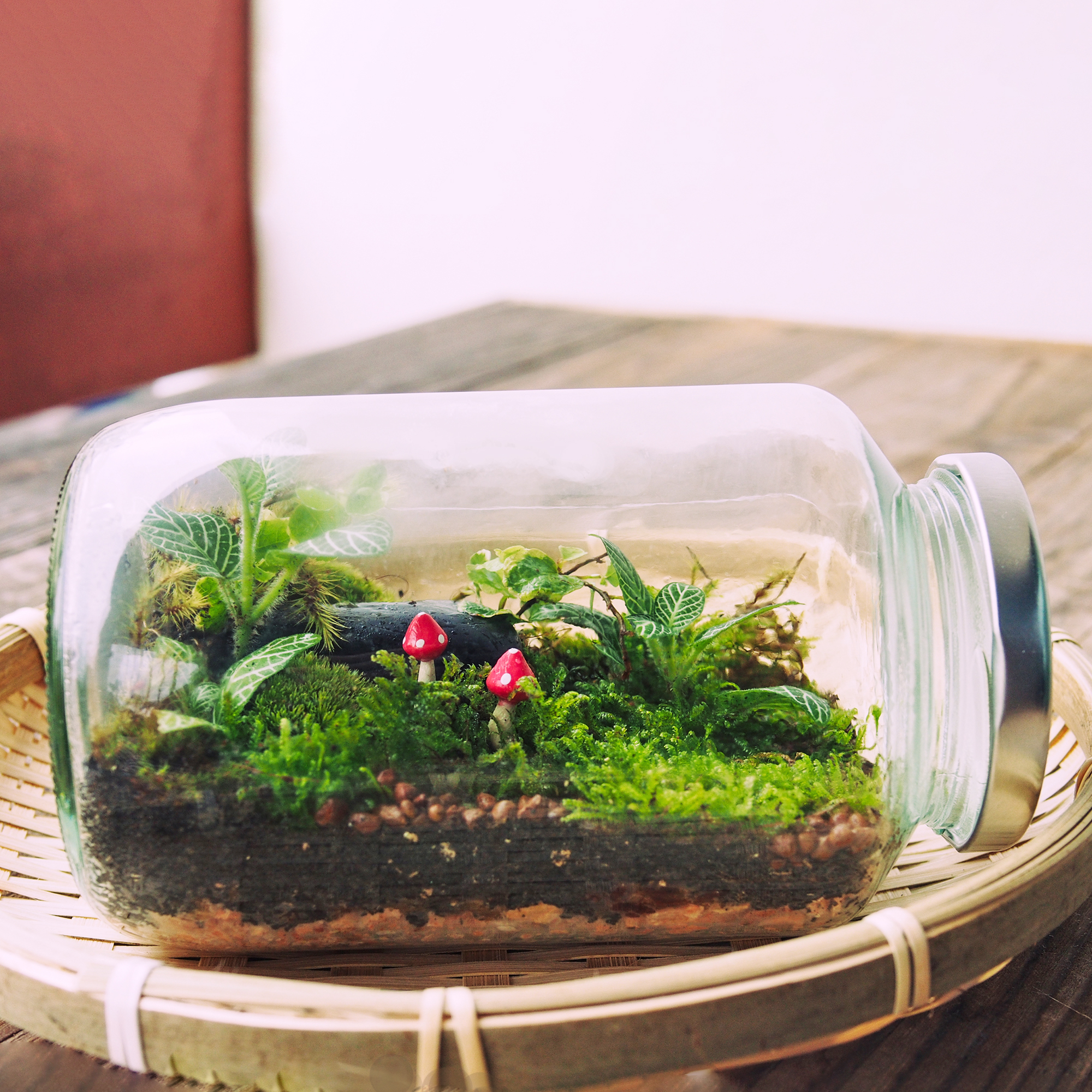 How To Make A Terrarium In A Jar: Grow A Beautiful Miniature Ecosystem
How To Make A Terrarium In A Jar: Grow A Beautiful Miniature EcosystemA jar terrarium is a fun, simple, and inexpensive winter project. It’s a great way to spend the colder months when your outdoor garden is dormant.
By Mary Ellen Ellis
-
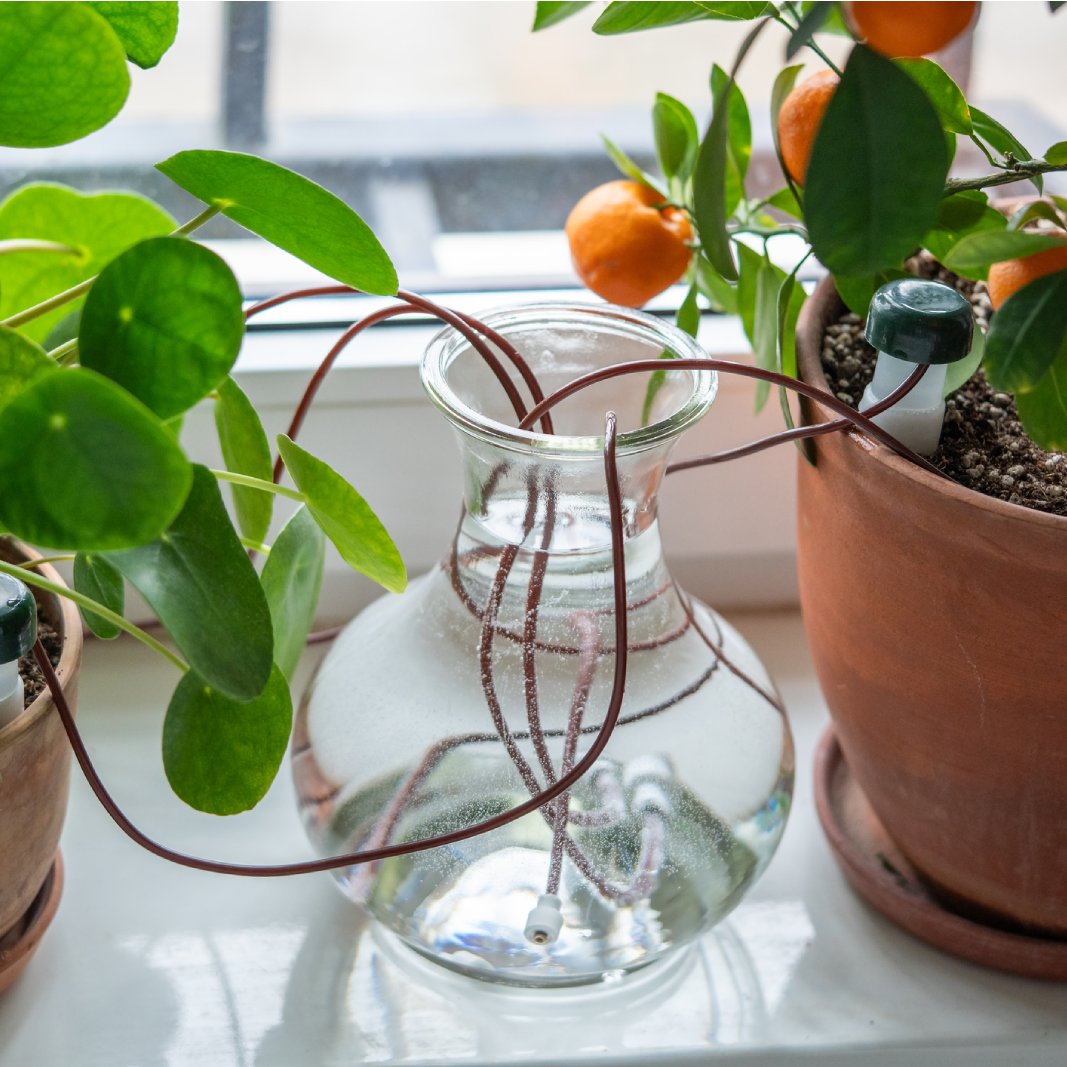 What Is A Water Wick? How To Use One To Keep Houseplants Hydrated While You’re Away
What Is A Water Wick? How To Use One To Keep Houseplants Hydrated While You’re AwayA water wick for plants will give you a worry-free break if you need to leave your plant babies for a while. It’s easy to set up and pretty much runs itself.
By Amy Grant